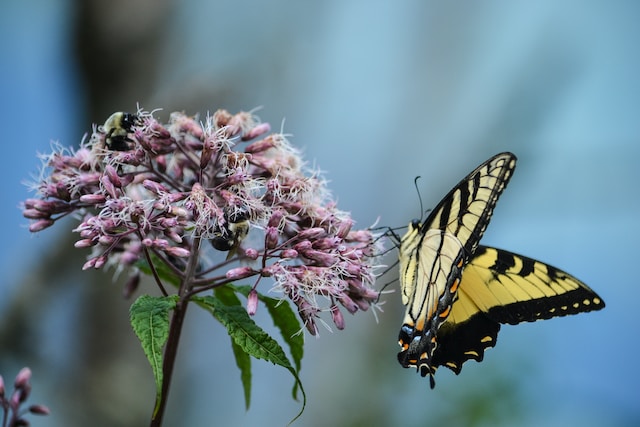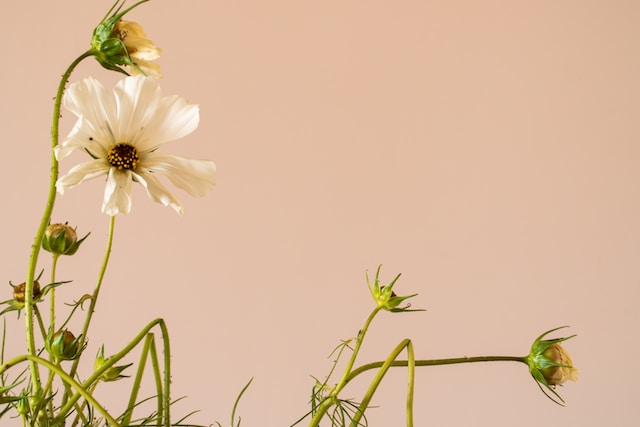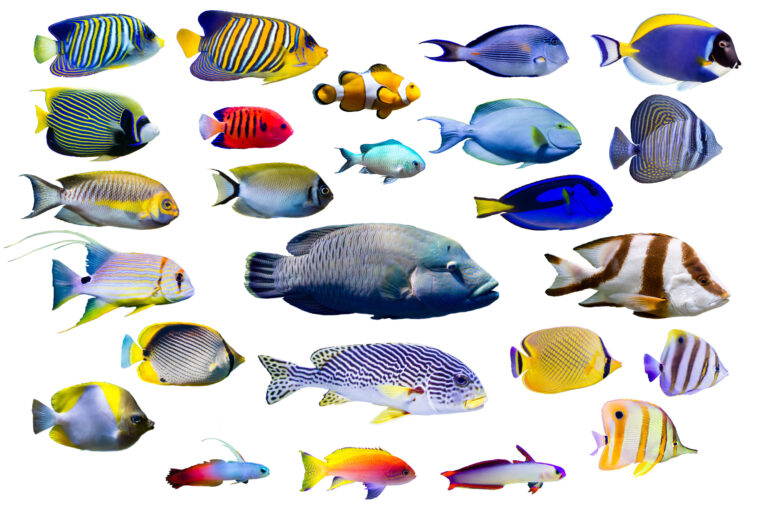Pollinators are important to your garden. If you want a sustainable garden, then you’ll want to find ways to naturally attract pollinators. And if you want a frugal garden, then you’ll need to figure out how to do so cheaply. Luckily, there are a lot of options for you to do so. What Are Pollinators?…
natural gardening
Natural Ways To Control Fungus in Plants
Plant fungus is a type of plant disease caused by a fungal infection such as powdery or downy mildew, anthracnose, rust, and blight. Sometimes the fungi just causes your plants to look ugly. However, more often that not, it can cause serious damage to your plants. Therefore, you want to make sure that you control…
5 Reasons To Use Fish Amino Acid on Your Plants
There are so many great reasons to use fish amino acid in your garden. Also known as fish fertilizer, this product provides nutrition to plants in ways that are similar to, but arguably potentially better than, other organic garden fertilizers. There are different types of fish fertilizer and different reasons to use fish amino acid…


